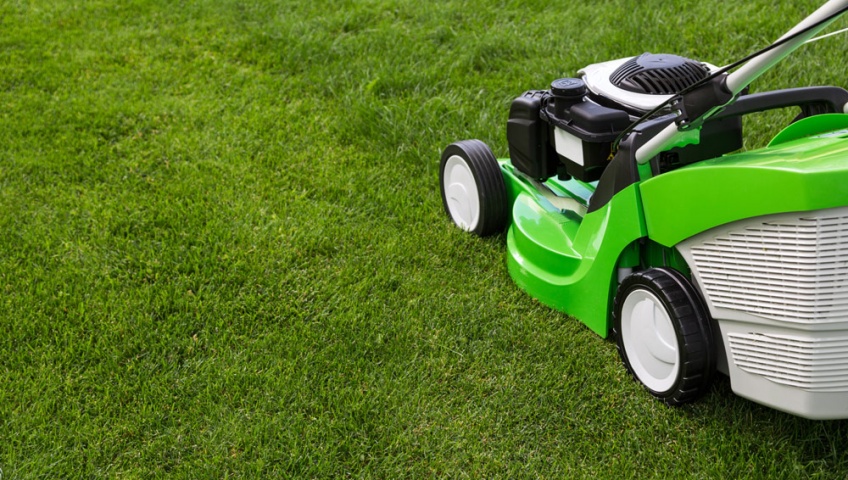
Lawns Through the Ages
Your lawn is the first thing people see when they enter your driveway, and homeowners take great measures to ensure theirs are both healthy and aesthetically appealing. However, few know the history of the lawn and how it transformed over time.
Lowdown on Lawn History
Europe is known for its mild climate and open grasslands, so it’s no surprise that this is where it seems the lawn originated. During the Renaissance period, land cultivated with chamomile and thyme signified a high status quo among the French and English elite, and these components still provide an excellent alternative to grass in modern times.
In the 1600’s, the emergence of the closely shorn grass emerged. While much of this work was performed by sheep and other grazing animals, the wealthy began to take more interest in the aesthetics of their lawn and hired people to perform this grueling labor.
The Cultivation of North America
When immigrating to the New World, Europeans brought grass seeds with them. As in Europe, only the upper-class citizens of these early days had the time and resources to manicure their lawns.
Bowling in Canada created popularity in the cultivation of turf once they peacefully gained independence from Britain in the 1860’s, and this required flat stretches of mowed grasses. When Scottish immigration increased to the United States in the 1800’s, this practice followed.
Industrialization and the Modern Lawn
Industrialization in the mid-1800’s brought on the concept of parks in order to beautify urban areas. Frederick Law Olmstead, also known as the American father of landscape architecture, planned Central Park in New York City, and he was credited for designing suburbs where residential homes featured a manicured lawn of their very own. Edwin Budding helped promote this new idea by inventing the first lawnmower in 1830, thus making it possible for even the middle and lower class to manicure their lawns.